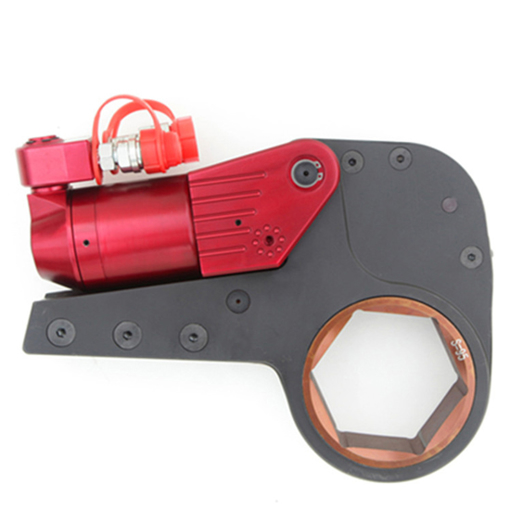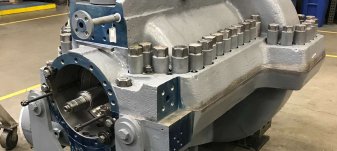Hertz
Stainless
- Joined
- Apr 27, 2009
- Location
- Sudbury, Ontario, Canada
Good morning. I'm trying to determine a torque spec for some bolts we made in house. They are 4340 HTSR material and are 1.75-8 and they are 16" long with 4.5" threads on each end. They are retaining bolts holding 3" thick plates together. but I am not sure a torque I should use. Before I started here, the guys just tightened the snot of of them but I'd like to know a good ballpark of where I should be. I was trying to compare online if this would be closer to Gr5 or Gr8. They are torqued dry.
Last edited:



